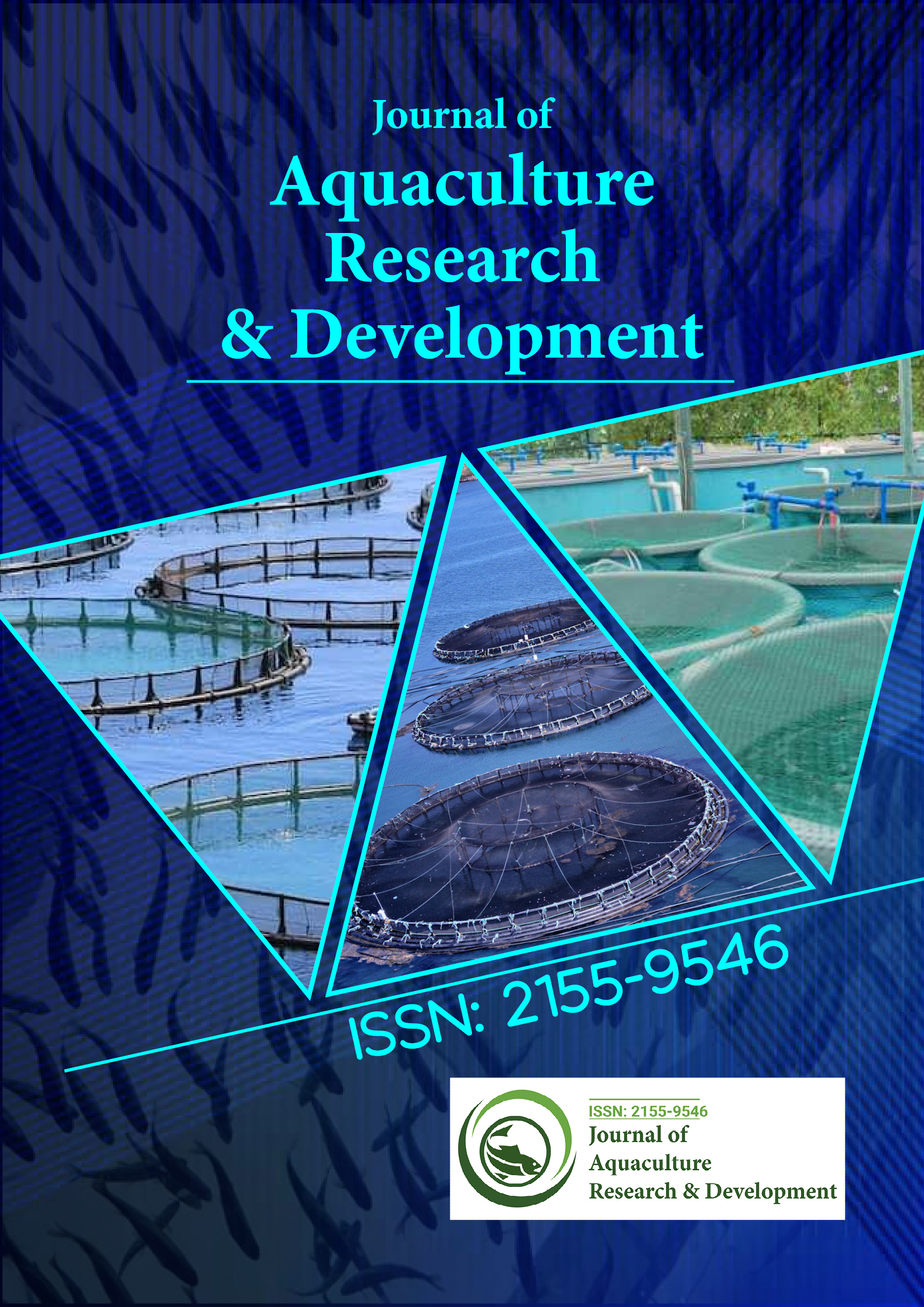Indexé dans
- Accès en ligne à la recherche en environnement (OARE)
- Ouvrir la porte J
- Genamics JournalSeek
- JournalTOCs
- Scimago
- Répertoire des périodiques d'Ulrich
- Accès à la recherche mondiale en ligne sur l'agriculture (AGORA)
- Bibliothèque des revues électroniques
- Centre international pour l'agriculture et les biosciences (CABI)
- RechercheRef
- Répertoire d'indexation des revues de recherche (DRJI)
- Université Hamdard
- EBSCO AZ
- OCLC - WorldCat
- érudit
- Catalogue en ligne SWB
- Bibliothèque virtuelle de biologie (vifabio)
- Publions
- MIAR
- Commission des bourses universitaires
- Pub européen
- Google Scholar
Liens utiles
Partager cette page
Dépliant de journal

Revues en libre accès
- Agriculture et aquaculture
- Alimentation et nutrition
- Biochimie
- Bioinformatique et biologie des systèmes
- Business & Management
- Chimie
- Génétique et biologie moléculaire
- Immunologie & Microbiologie
- Ingénierie
- La science des matériaux
- Neurosciences & Psychologie
- Science générale
- Sciences cliniques
- Sciences environnementales
- Sciences médicales
- Sciences pharmaceutiques
- Sciences vétérinaires
- Soins infirmiers et soins de santé
Abstrait
L'acide arachidonique est un composant majeur des acides gras gonadiques des poissons des récifs coralliens tropicaux aux Philippines et au Japon
Hiroshi Y. Ogata *, Ashraf Suloma
Français L'objectif de la présente étude était d'examiner les caractéristiques de la composition en acides gras gonadiques de 19 espèces de poissons sauvages des récifs coralliens (Serranidae, Lutjanidae, Lethridae, Siganidae et Labridae) des eaux des Philippines (11 espèces de femelles) et du Japon (8 espèces de femelles et 5 espèces de mâles) en accordant une attention particulière aux taux d'acide arachidonique (ArA), d'acide docosahexaénoïque (DHA) et d'acide eicosapentaénoïque (EPA) et à leurs ratios. Les taux d'ArA étaient toujours plus élevés que les taux d'EPA dans les lipides polaires de toutes les espèces et dans les lipides neutres chez 17 des 19 espèces. Dans les lipides polaires ovariens des 19 espèces, le taux d'ArA variait de 6,0 % à 19,4 %, tandis que le taux d'EPA variait de 0,9 % à 6,2 %. Le taux de DHA ovarien était également toujours supérieur à celui d'EPA chez toutes les espèces analysées. Par conséquent, les rapports ArA/EPA de ces espèces étaient élevés, contrairement aux espèces d'eau froide et tempérée. L'ArA était le principal composant acide gras des lipides polaires testiculaires de trois espèces de Lethrinus (21,4 % à 22,9 %). Ainsi, l'ArA n'est pas un composant mineur, c'est-à-dire que les principaux acides gras hautement insaturés (HUFA) des lipides polaires dans toutes les gonades de poissons de récifs coralliens sont le DHA et l'ArA (et non l'EPA). Les informations actuelles sur la composition en acides gras des gonades peuvent servir de ligne directrice pour faire progresser les régimes alimentaires appropriés des géniteurs de poissons de récifs coralliens tropicaux, des produits d'aquaculture émergents dans les pays en développement.